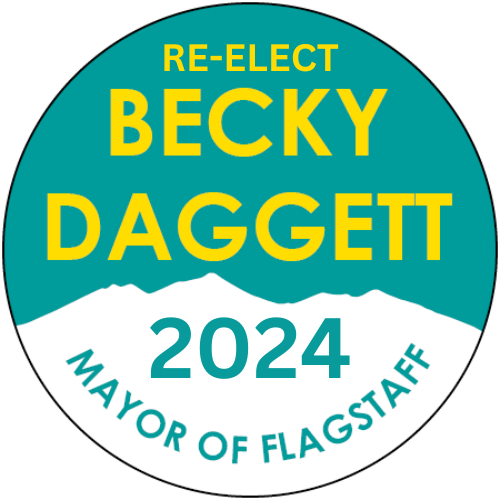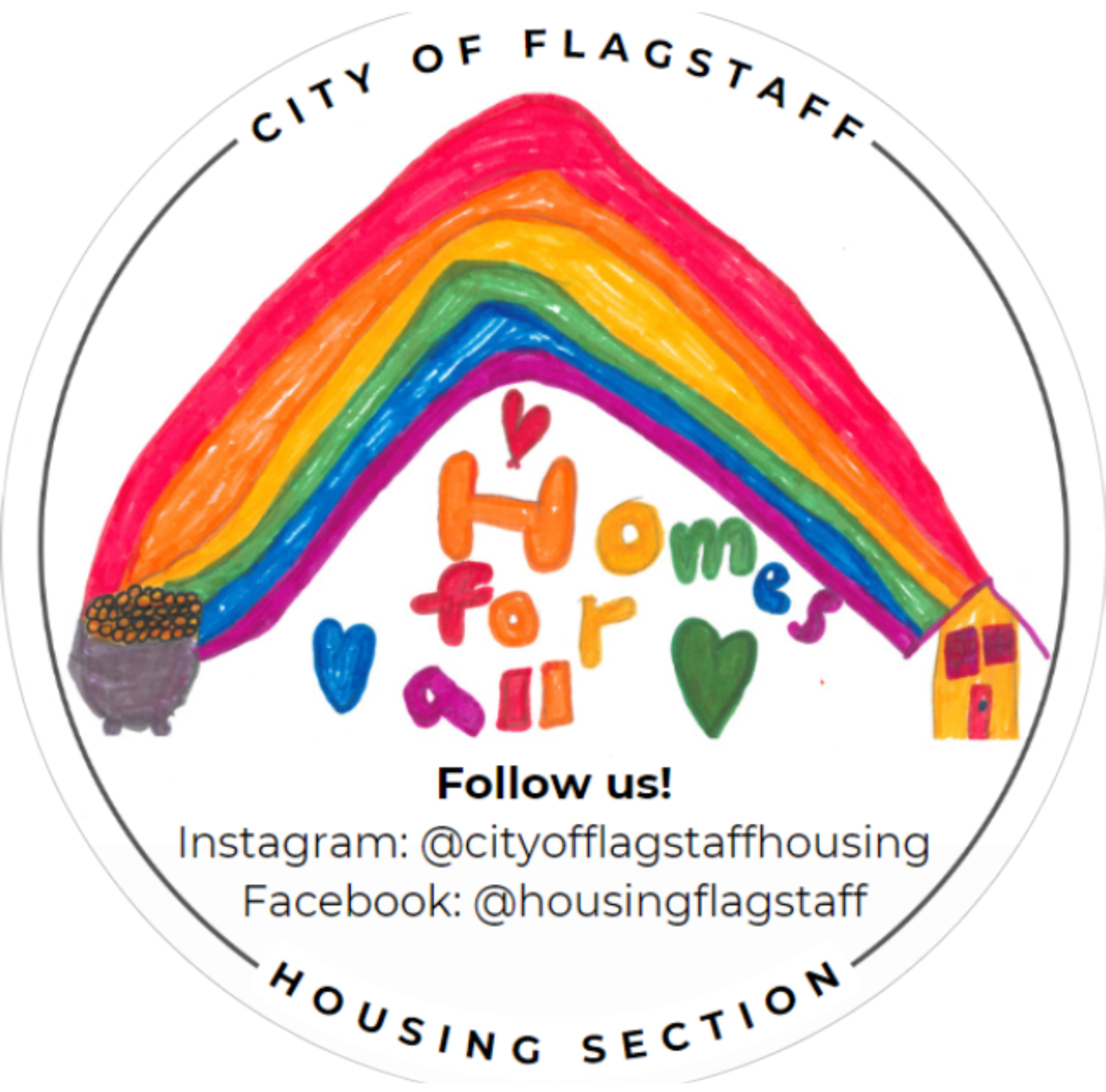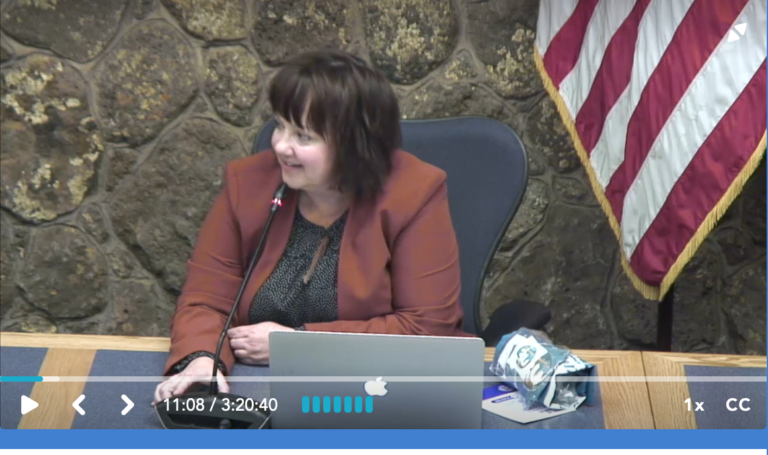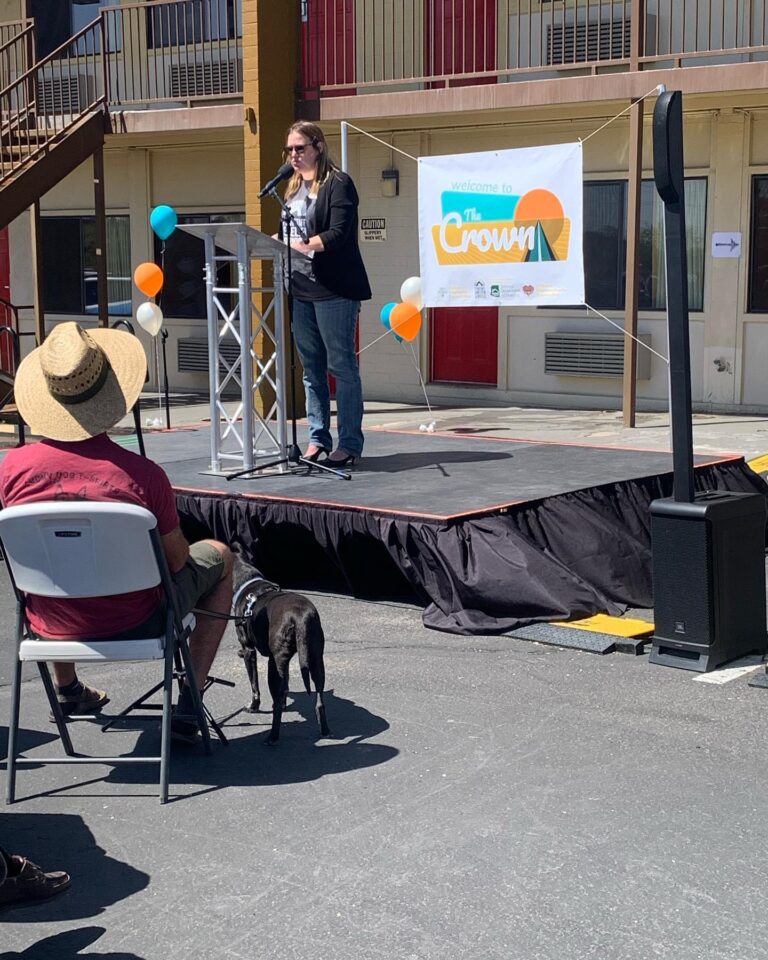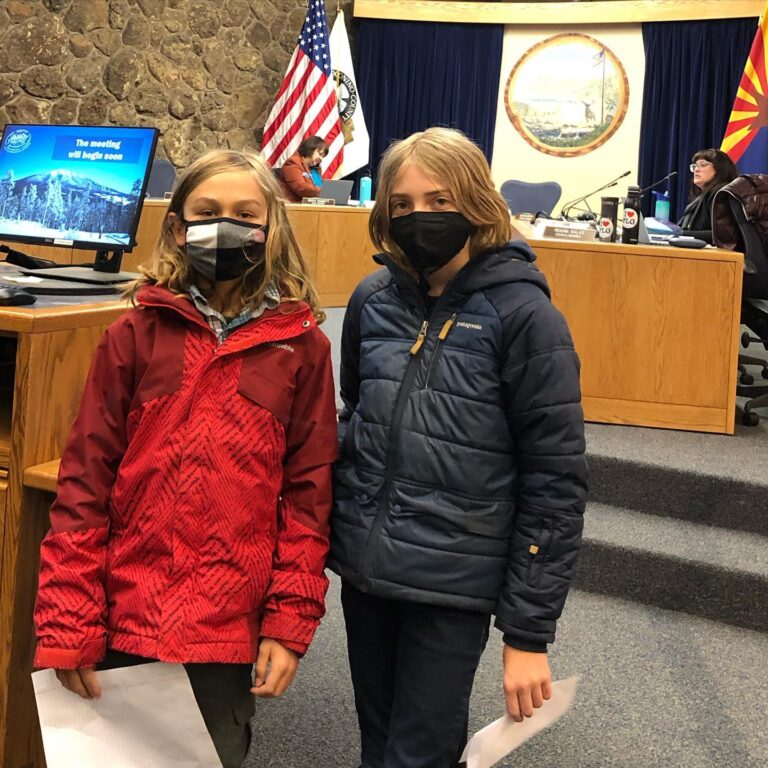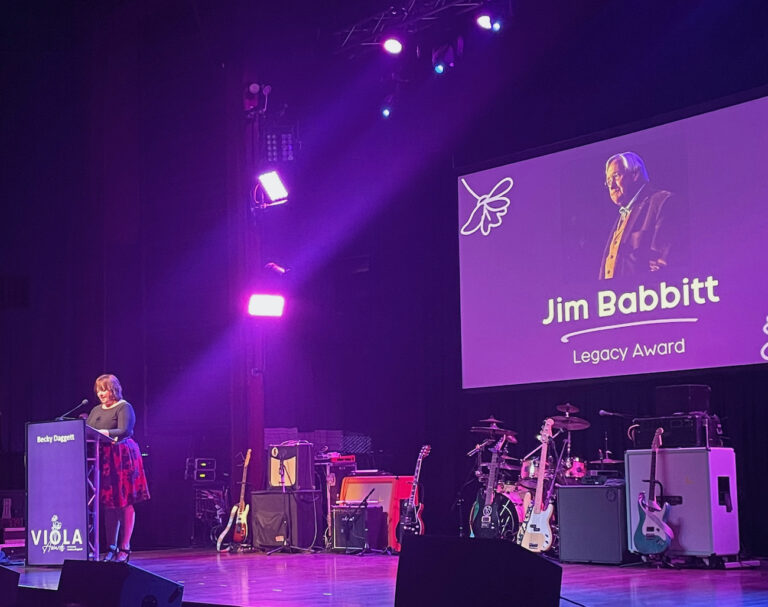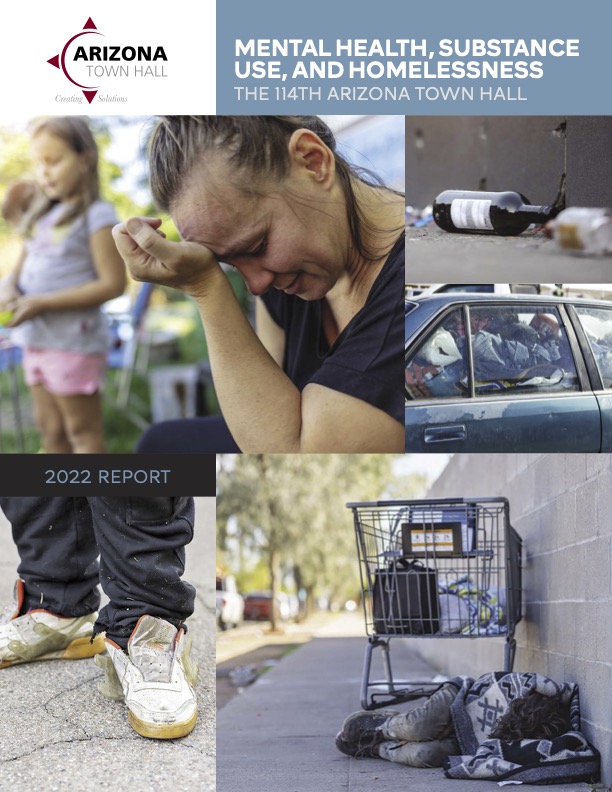Housing in Flagstaff
Flagstaff’s housing problem is acute, and I know it can sometimes feel like not enough is being done to address it. I wish we had double the resources to tackle this problem, but we’re making progress—due, in large part, to the partnerships the city has with our non-profit housing partners combined with some smart investments of our resources. Yet, there’s still much work to do.
First, I’ll speak to the housing programs led by the city’s housing section and some of the work of our non-profit partners. The City of Flagstaff Housing Authority owns two, and manages three, rental developments totaling 345 units serving low-income residents with incomes from 50% to 80% of the Area Median Income (AMI). The AMI is set by the U.S. Department of Housing and Urban Development (HUD) and is the midpoint of a specific area’s income distribution. Flagstaff’s current public housing and voucher eligibility AMI range for a family of four is $49,950 (50%) and $79,900 (80%).
Additionally, the Housing Authority administers 522 housing vouchers that serve low-income residents. As you might guess, there’s a long wait list for these vouchers. Despite what many might think, there’s a deficiency of rental housing, with only a 3.6% vacancy rate. Housing Solutions of Northern Arizona (HSNA) and Flagstaff Shelter Services (FSS) have each purchased, renovated, and are operating two former motels for low-income renters, with a third to open soon. These are in addition to the rental units already constructed and rented through HSNA and rental units provided through Catholic Charities, resulting in an approximate and combined total of 350 units. In the spring of 2025, construction is scheduled to begin on two projects totaling 139 rental units located on the old campus of St. Mary’s school. One will consist of apartments for seniors earning up to 80% of the AMI. The other will house individuals and families earning up to 60% of the AMI. Partial funding for the two projects comes in the form of a $3.3M 30-year loan made possible through the voter-supported housing bond approved in 2022. If the owners maintain affordability for an additional 20 years, the loan will be forgiven.
There are 130 new affordable rental units expected to be completed and available to rent in the next 12 months with at least another 221 the following year. These are part of developments where the city has either negotiated the set aside of several affordable units within market rate properties or they are in Low-Income Housing Tax Credit (LIHTC) properties—utilizing tax credits provided by the state and/or federal government. State law prevents the city from requiring affordable housing in any development and negotiation is our available tool.
Affordable homeownership is, of course, also a focus. The city offers downpayment assistance which is administered through HSNA. The city has entered long-term land leases on which Habitat for Humanity has built several homes, most recently two “starter homes” along Butler Avenue. Habitat is in the process of obtaining funding to build 40 additional starter homes near the Timber Sky subdivision. The city also has a land trust program where a homebuyer buys the house but doesn’t incur the cost of, or own, the land. This limits the amount they can sell their home for, but the intention is to hold the price of the home down below market rates to also benefit future buyers.
The city has initiated a Land Availability and Suitability Study and Code Analysis Project (LASS + CAP). At our April 16, 2024 meeting, staff presented the framework and a few initial findings. The LASS is intended to ascertain what land—public and private—is available for development and redevelopment and identify any barriers. Code analysis will analyze what is working and what might be causing unnecessary impediments to achieving our housing and climate goals. Ultimately, after the analysis is completed, council will consider code changes to address identified impediments. You can watch the video of the presentation to council here.
I’m concerned, as are most of you, that if we don’t work together and activate every possible tool to preserve and increase our affordable housing stock, that those of us who struggle to make ends meet in Flagstaff will be forced to leave. Nearly every week, I hear from employers that the cost of housing impedes their ability to keep and attract staff. It’s imperative to me that our neighbors who have invested their lives here are able to stay and are able to continue to invest themselves in our schools, nonprofits, places of worship, and economic vitality. I can’t imagine Flagstaff without the people that make us a community.
